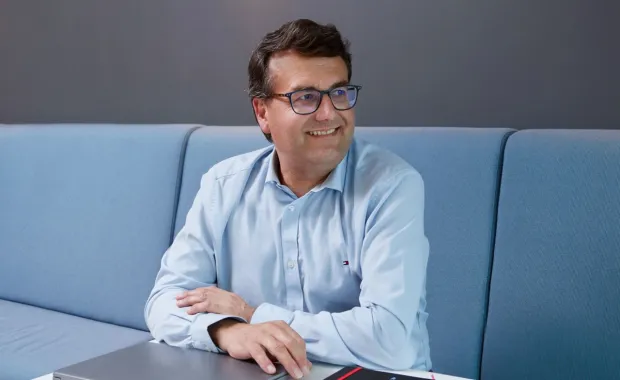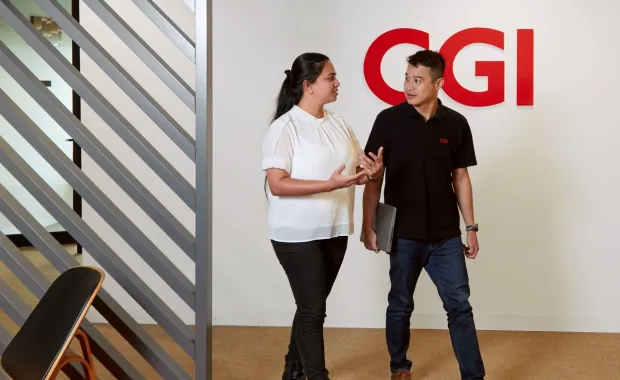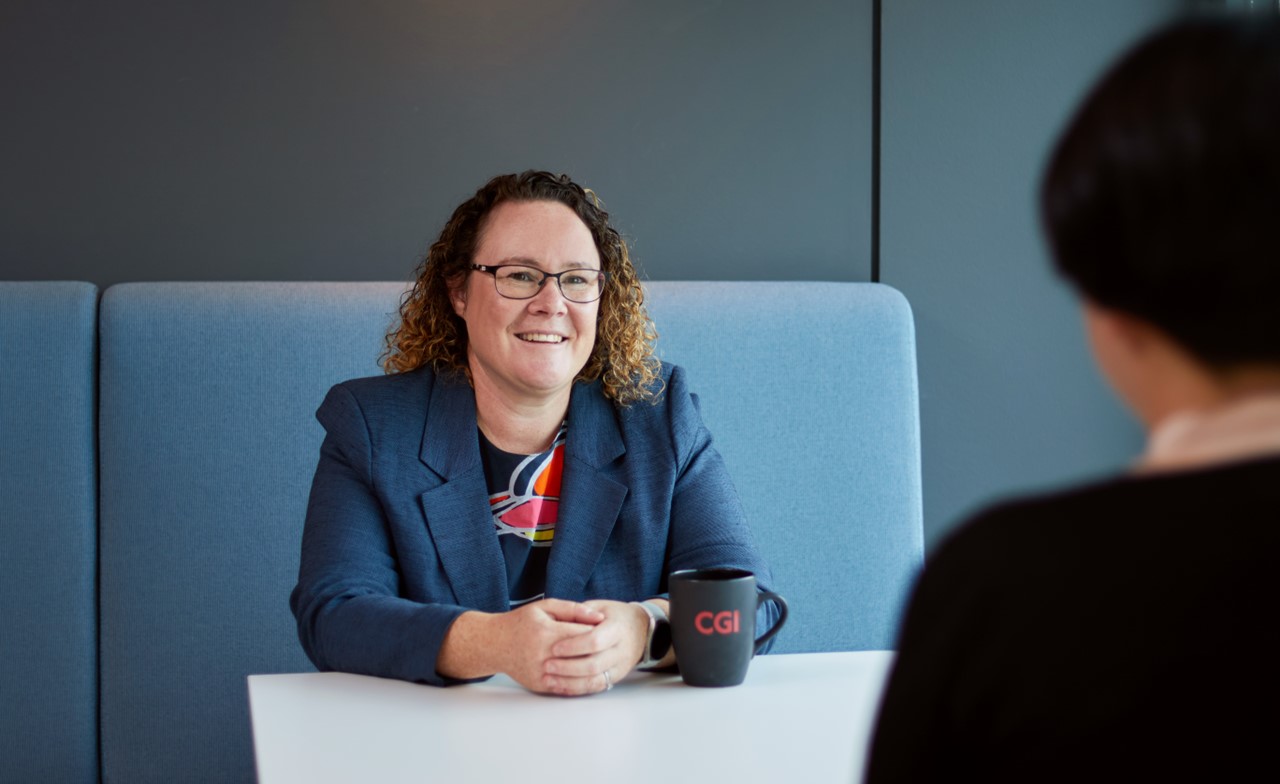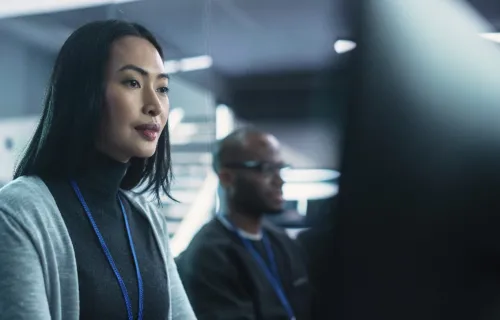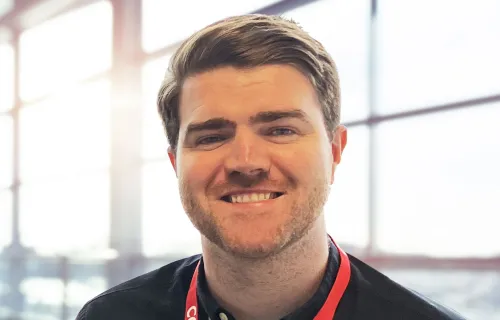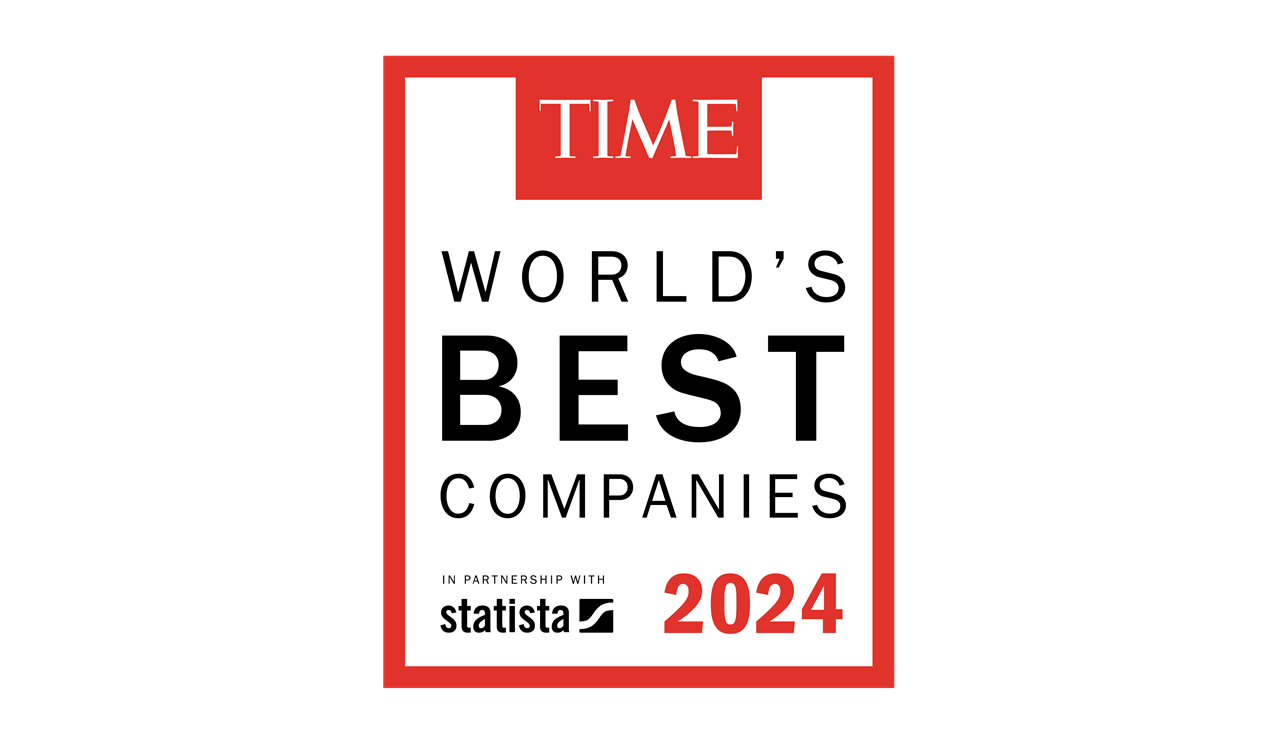Together as owners, let’s turn meaningful insights into action
Be an owner
At CGI, you are more than an employee. You are invited to be a company owner from day one to benefit from the rewards of our collective success and to actively shape the future direction of your company.
Be creative
From programs that deepen your skills to interesting assignments that broaden your horizons, at CGI, you will advance your career in partnership with leaders who support your development.
Be supported
At CGI, your professional development, health and wellbeing is important to us. We offer a supportive and friendly environment that enables you to thrive professionally and personally.
Be you
There should be no limits places on a person's dreams and aspirations. That's why we are unconditionally inclusive and strive to create an environment where you can always be unconditionally you.
Join a company based on ownership, teamwork, respect, and belonging
Search open roles Register for job alerts

